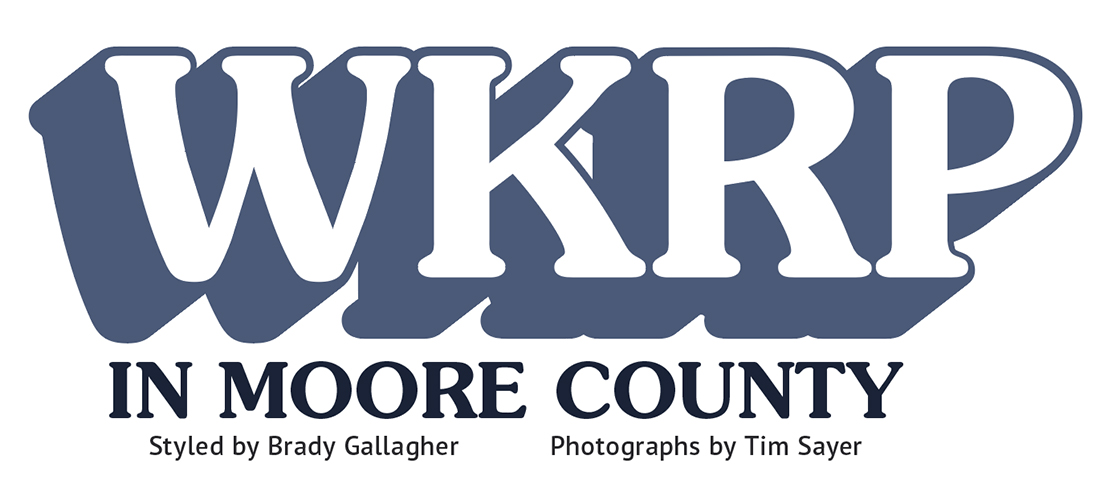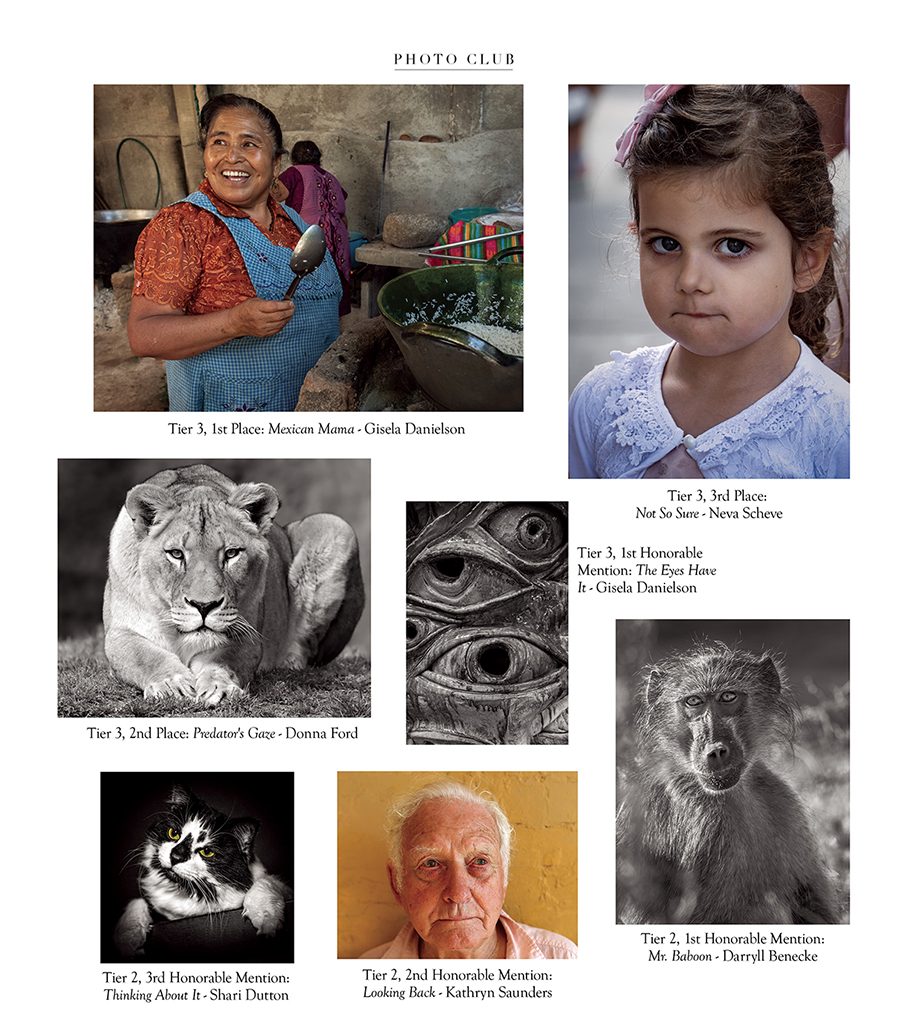By Tom Allen
Already have an Elvis necktie, but know someone who’d love one? Perhaps a ceramic giraffe doesn’t fit your décor, but your cousin collects them. Do you really need another cinnamon-apple candle? Put it in that snowman gift bag from three Christmases ago and it’s a wrap.
Regifting is the art (and tact) of giving something away that was given to you, something you couldn’t use, didn’t need, or wasn’t your cup of tea — neither cup nor tea.
December, the season when we haul out the holly, brings back the memory of my first regifting experience, before the word was part of the urban lexicon. My wife, Beverly, and I had become engaged. A cousin gave us a lovely silver-plated nut dish as a wedding gift. There was a note card — “Edgar and Carol, congratulations on 50 years of marriage.” The card was signed, “Norman and Sue.”
How sweet of Norm and Sue to remember that momentous occasion with such a thoughtful gift. How sorry I was that Cousin Carol and husband, Edgar, never had the opportunity to fill that silver-plated dish with the butter mints we put in it.
Let’s be honest. You, too, have a box or a bin or a drawer with socks and scarves, gadgets and gizmos, knick-knacks that, well, you know it’s the thought that counts, but you said to yourself, “Maybe they could have thought of something else.”
Surely there’s nothing amiss with regifting. Shouldn’t it make us feel at least as virtuous as recycling? We have all received items, whether carefully thought out or purchased at the last minute, that were duplicates or something we didn’t need. Long after our wedding gift from Cousin Carol and Edgar, I suspect we’ve been the recipients of a few other gifts, especially at Christmas, pulled from a drawer stocked with candles, foaming soap and lotion, tea towels and potholders. But, hey, lots of folks enjoy candles and potholders. And who doesn’t like to wash their hands with lemon verbena-scented soap?
There is a certain etiquette involved in proper regifting. First — and this very important — be careful not to regift to the person who gave you the gift in the first place. That breaks all the rules and you end up with a crate full of eggs on your face. And you might not get invited to their Christmas party again.
Second, never hand someone a gift and tell them it’s a regift. “A friend gave me this for my birthday but I already have two onion keepers and I thought you might enjoy one.” There are things in life that are better left unsaid. Another egg-worthy faux pas.
Third, regifting expired food is a major no-no. Suppose you find a box of Harry and David’s Moose Munch in your pantry. Check the expiration date before you toss it in a basket with other regifts.
Like all human endeavors, there are regifting boundaries that should not be crossed. No heirlooms, like that afghan your great-grandmother crocheted. No puzzles with a missing piece, that’s just wrong. And, on general principles, no CDs of Perry Como’s Christmas hits.
In a pinch, a nice candle or an unopened canister of tea is fine, but don’t become the neighborhood regifting king or queen. Put some time and thought into the regift, even if it’s been sitting in that drawer forever. Rewrap or rebag, even if you reuse a regifted bag and tissue — but don’t forget to take those name tags off.
And mind your manners. Be grateful, for whatever you receive. At some point a friend thought enough to give you something, and at some point, you thought enough of someone else to pass it on. It’s another way of reminding you that someone considers you a friend, and you them. In the end, boxes and bags aside, that’s the gift that keeps on giving. PS
Tom Allen is a retired minister who lives in Whispering Pines.



















































